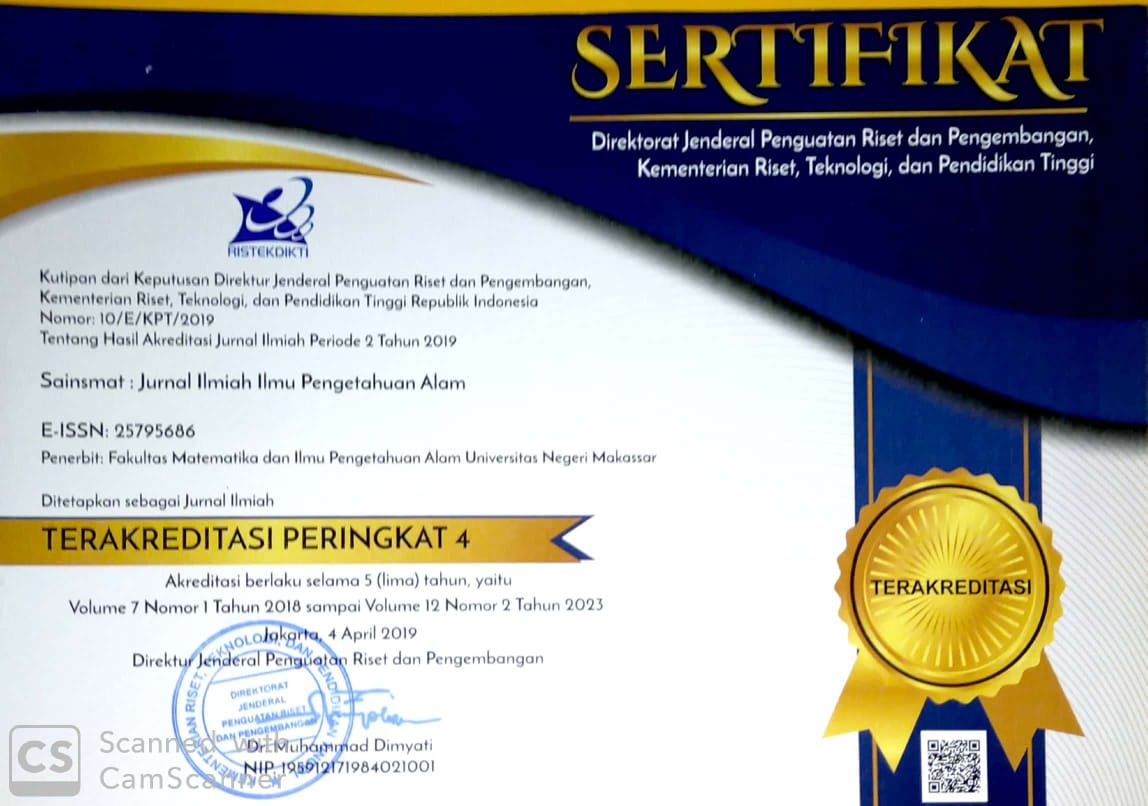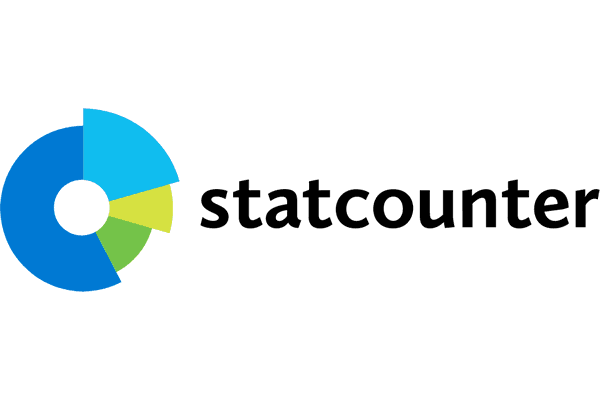The Effectiveness of Implementation of Quantum Learning Model Based on Student Learning Style on Circulation System Material on Student Class XI IPA SMAN 1 Bontosikuyu Selayar Islands
(1) Universitas Negeri Makassar
(2) Universitas Negeri Makassar
(*) Corresponding Author
DOI: https://doi.org/10.35580/sainsmat6264642017
Abstract
The aim of this study is to find out the effectiveness of quantum learning model implementation based on student’s learning style for circulation system matter in the XI grade science students of SMAN 1Bontosikuyu Selayar Island. This research was pre-experimental research with one-group pretest-posttest research design. The population of this study was all the XI grade science students of SMAN 1Bontosikuyu. The sampling technique was saturated sampling that all the XI grade science students consisted of 24 students as the sample. The research instruments were learning style questioner, multiple-choice and essay questions of student’s achievement, and activity observation paper. The increase of value from pre-test to post-test was found out through N-gain calculation, with the effectiveness criteria which were ≥ 75% of the total of students based on the learning style that obtained N-gain in middle to high category. The result of this study showed that were visual learners students 58.33%, auditory learners 25%, kinesthetic learners 4.17%, visual-kinesthetic learners 8.33% and auditory-kinesthetic learners 4.17%. All students of each learning style were able to meet the criteria of effectiveness in this research. It can be concluded that the implementation of quantum learning method based on student’s learning style was effective for circulation system matter in the XI grade science students SMAN 1 Bontosikuyu. Student’s activity during the learning process by quantum learning method was in very good category.
Full Text:
PDFArticle Metrics
Abstract view : 221 times | PDF view : 133 timesRefbacks
- There are currently no refbacks.
Copyright (c) 2018 Hamka L., Nur Apriany D.

This work is licensed under a Creative Commons Attribution-NonCommercial-ShareAlike 4.0 International License.


















